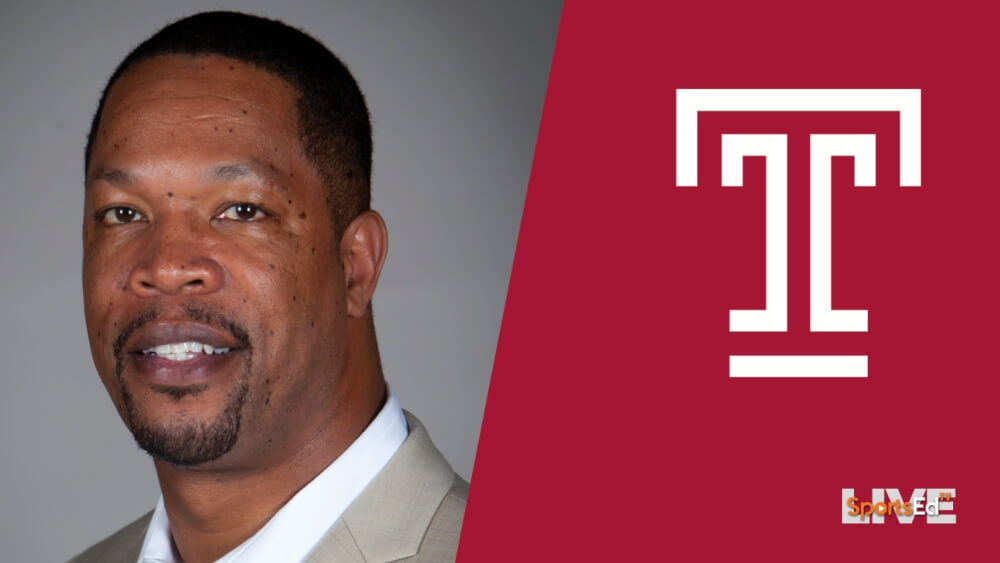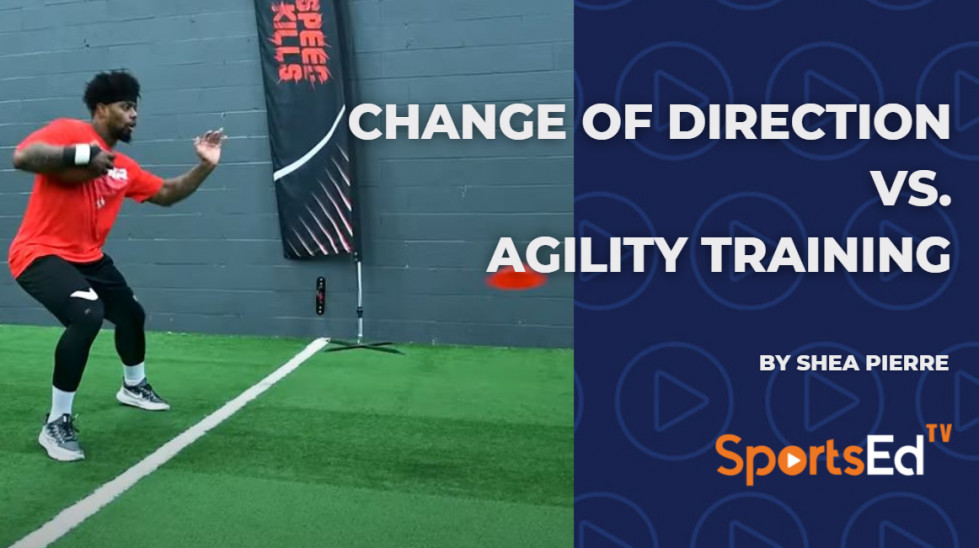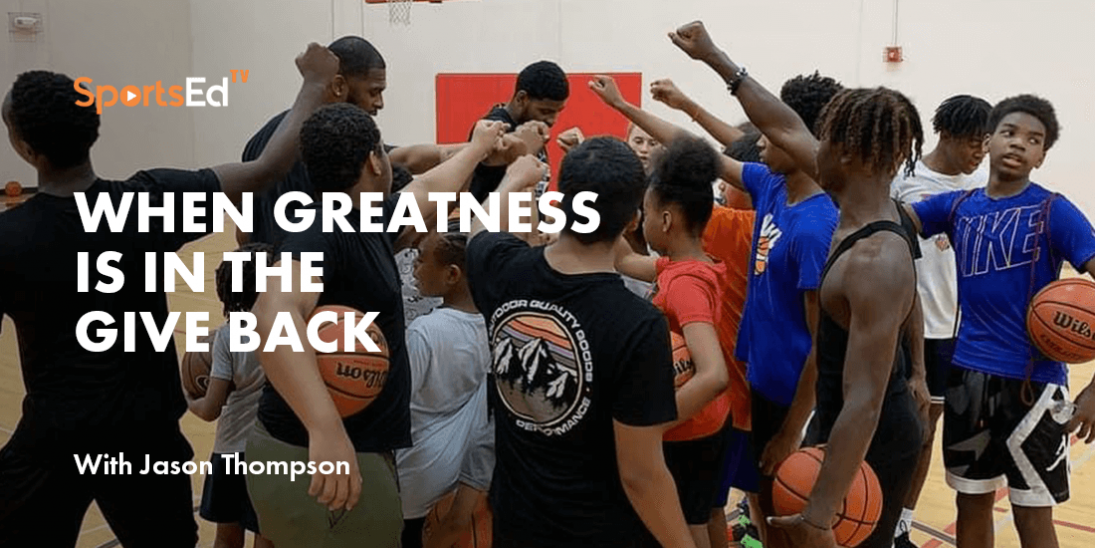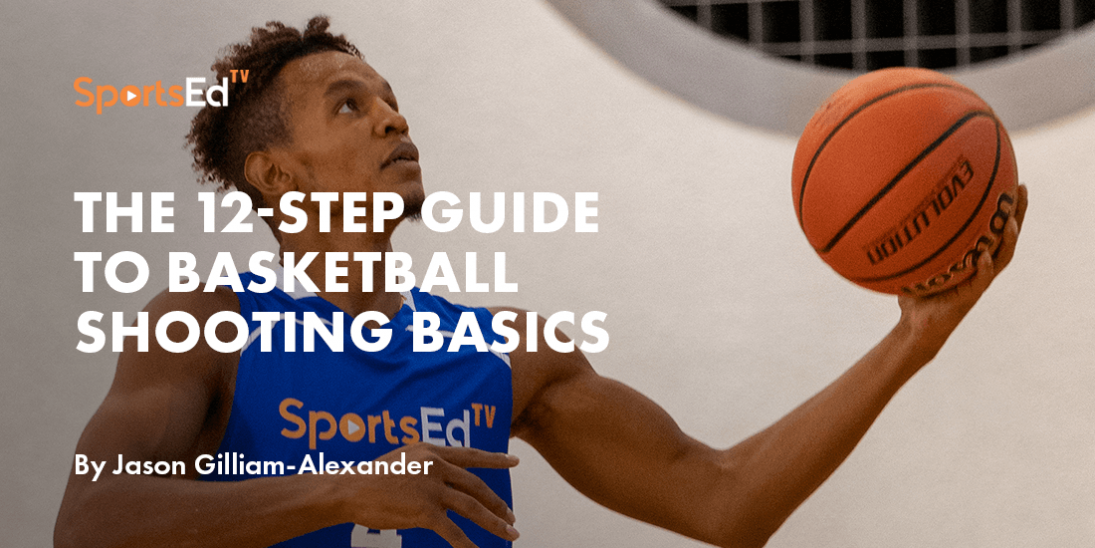Basketball
Welcome and thanks for visiting...

Strategies That Prioritize Team Defense

Mark Macon is the current Assistant to the Head Coach at his alma mater, Temple University. Macon played alongside current SportsEdTV Basketball Executive Director, Mark Strickland, with the Owls. In this discussion, the two share strategies that range from their playing days in the NCAA and NBA to how they teach team defense at all levels.
SportsEdTV Basketball is committed to bringing athletes, coaches, and parents pro-level basketball education videos for FREE. All levels, anywhere, anytime. Check out our full instructional library and sign up to join our basketball community!
SportsEdTV: How do you currently prioritize defense with your team from a high level?
Mark Macon: In terms of coaching, it’s the major percentage, over seventy-five percent for me. And it starts with communicating everything with your whole staff and then connecting with your players, having your specifics that you're going to do. I brainstormed last night with some people just making sure we were on the same page. It basically comes down to certain things like transition, getting back on defense, stopping the ball, being in what I call Ball-You-Man positioning. And it's based upon the individual who communicates it through the coaches, who then communicates it to the players. Then you just push. You push it from that point on and you make it one of the most important things. If you're a defensive coach, you make that one of the most important things in your game plan. When you start out in practice, that's the most important thing. You want to spend as much time on that as possible.
SportsEdTV: Where does defense fall in your practice?
Mark Macon: We would start off pretty much with what we call individuals. Bigs on one side of the floor or one side of court. The guards on the other side of the court. We start off just pretty much passing and catching the ball, warming up those kinds of things to get the juices flowing into practice. And then we would do some calisthenics, stretching and stuff like that. And then we get right in the defense. Coming from a defensive coach everywhere I've been, that was the thing to get right into the bulk of what's going to help you win games. Early in practice after you do the basic things to warm you up, the basic team-building things in terms of layup drills, passing, catching it, going from passing, catching and shooting, to moving around the floor. You get right into the crust of your defense and how are you going to teach it. And I'm looking at this thing but I don't have to look at it. Go from there, putting guys in positions on the floor that you think is going to help your team be successful. Teach them how to play man to man defense before going into a zone maybe later on in the year. So they’ll have an understanding for what position they have to be in playing a man instead of an area. A lot of people teach zones. They teach areas. When coaches teach zones, they teach, just play this area, play this area. What if there's no man in that area? What are you going to do there? So you will want to teach the small nuances. And that has to be the bulk of your book or your practice or the beginning of your practice before you get into your office.
SportsEdTV: How do you teach team defense on an individual level, as you were saying, you're breaking up your players and then vice versa, teaching the individuals good team defense habits?
Mark Macon: You teach them your basic principles. Ball-you-man again, where they're going to be out on the floor. If Strick has the ball and I have Strick and you're on the opposite side of the floor being one pass away or being on the helpline, everybody calls it something different now. The pros, you'll be zoning up pretty much. And in college and high school and grade school, you're being in an area where you are in a position to help your teammate out. So you want to start off with basic things.
Stance. How wide are your feet going to be, where your hands have to be now, you can't touch anybody. You want to teach those basic principles, how to even look at somebody. Because I learned things early and I wanted to do them, I took active pride in stopping people. I don't know if I ever told you, I was never an offensive player from a shooting standpoint. Growing up, I didn't know how to shoot a jump shot until I was in ninth grade. So my thing was defending. Being able to dribble and make layups, that's all I could do up until my ninth grade year.
I learned early how to read people. I would start by teaching a young man. Positioning and stance, like we were all taught to begin with, how to get down and start, how to have your hands, where to look, never look at the ball, always look at the at the stomach, because that can't go anywhere. Then when you learn to do that now, you can read the ball. Now, you know that most people have to bring the ball through the middle of the middle of the body to shoot it. Very few people can bring the ball from a different position to shoot it. So now you know what? Replace your hands. If you want to steal those things, you learn, but you have to teach them all the basics. Feet, hands and body position. And then you go into team building stuff ball-you-man, like I said earlier, positioning in terms of help line those kinds of things when you're teaching. That's the basis of teaching young men in high schools. That's the basis of teaching professionals when they want professionals to know and they want you to know already when you come to schools that have less to teach and it can go on and do the other thing.
SportsEdTV: What are some defensive measurements of success that you guys use? Are there any traditional or non-traditional stats that you guys track for defense? How do you define that success in practice and in games?
Mark Macon: For me, it's finishing close. Everything you said is fine. You can make certain things more important than other things, but you always want to finish to play. Transition has to be important. Again, like I started off stopping that ball, stopping that basketball. It's finishing the play now.
Any measurements of success are based on what we do is we use a point system which we use in our Miami Heat, which is close out, close enough to the ball to help or depending on where rotation we see those rotational moves most of the time in forming a rotation will play a role we hope for comes out with ball. So you get points for that, the more points you get, you get a bonus. I added it to the Hoop Dreams program, and it’s been good in teaching these young kids about playing together. So we added that point system. They get points for close-outs, points for help, points for talking. If they win, we will produce something, maybe, you know, maybe get some socks, I guess, or extremely good points will get your sneakers. So I kind of do a point system and there's a list of these a long list of things that we look for on athletes, because I know if they do those things we learn, it all comes together. We have a pretty good defense.
SportsEdTV: What are some tactics that just kind of reinforce your defensive mindset?
Mark Macon: You can have those things around, but as I said in the beginning, it starts from the coach, goes down to the other coaches, and then you've got to communicate that to the players. I have this thing called Four Laws of Learning. Explanation, demonstration, imitation and repetition, and it's all about communicating that through verbal communication.
Those are the laws of learning. Once you can do those and you're in good order and you’re mean as hell, and you make sure your team is doing what they're supposed to do, you'll be fine. You'll be fine. You've got to be able to communicate it. But that's the most important thing, I think, when it comes to anything on defense is being able to communicate.





